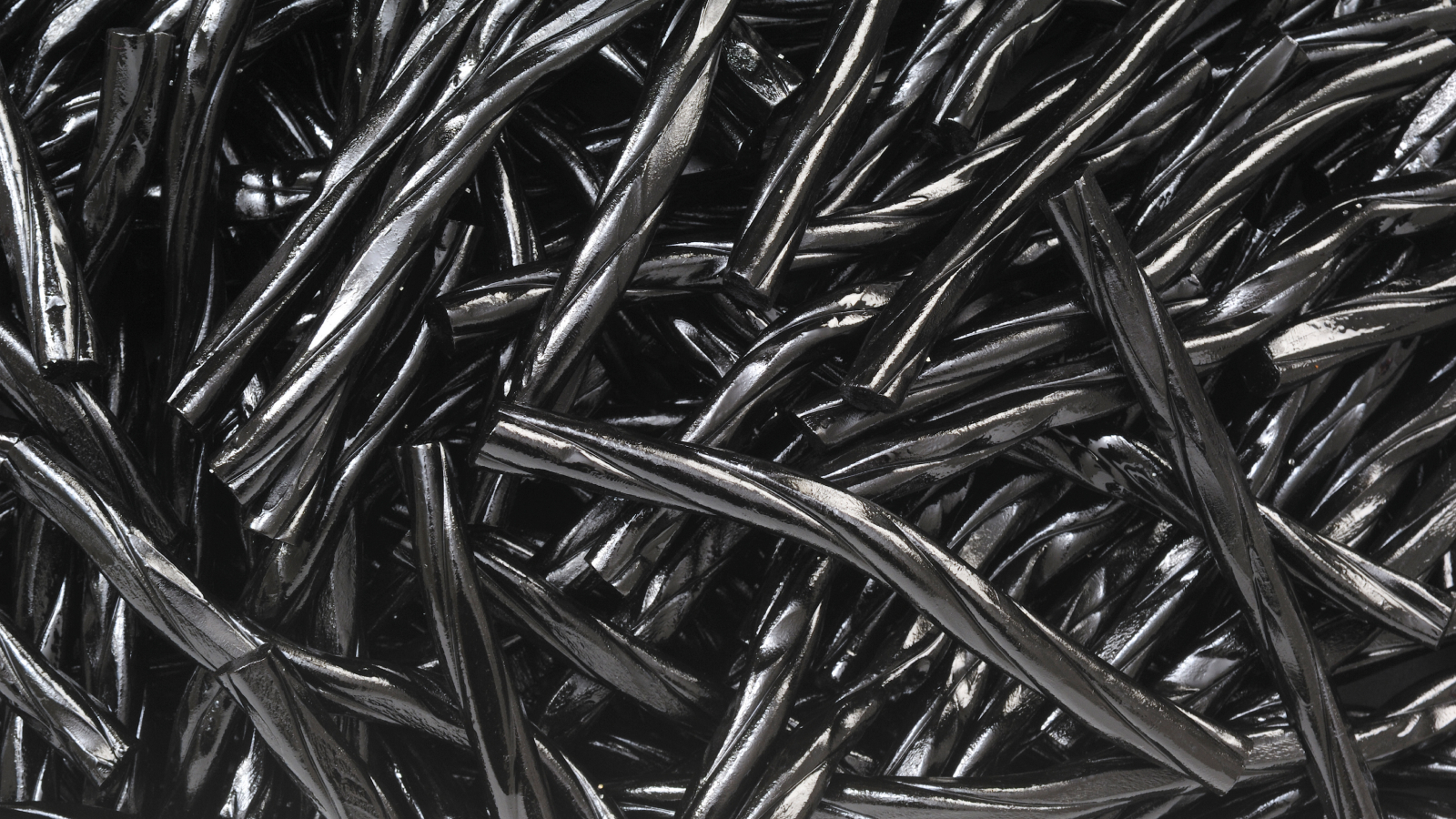Membranes, Vol. 13, Pages 560: Relationship between Permeability and Structure of CO2-Assisted Polymer Compression Products
Membranes doi: 10.3390/membranes13060560
Authors: Takafumi Aizawa
Membrane filters were fabricated from polyethylene terephthalate nonwoven fabrics with an average fiber diameter of 8 μm using the CO2-assisted polymer compression method. The filters were subjected to a liquid permeability test and structural analysis was performed using X-ray computed tomography to evaluate the tortuosity, pore size distribution, and percentage of open pores. Based on the results, filter tortuosity was proposed to be a function of porosity. Pore size estimated from the permeability test and X-ray computed tomography were in rough agreement. The ratio of open pores to all pores was as high as 98.5%, even at a porosity of 0.21. This may be due to the process of exhausting trapped high-pressure CO2 after molding. For filter applications, a high open-pore ratio is desirable since it means that many pores are involved in the fluid flow. The CO2-assisted polymer compression method was found to be suitable for the production of porous materials for filters.

 1 year ago
38
1 year ago
38


